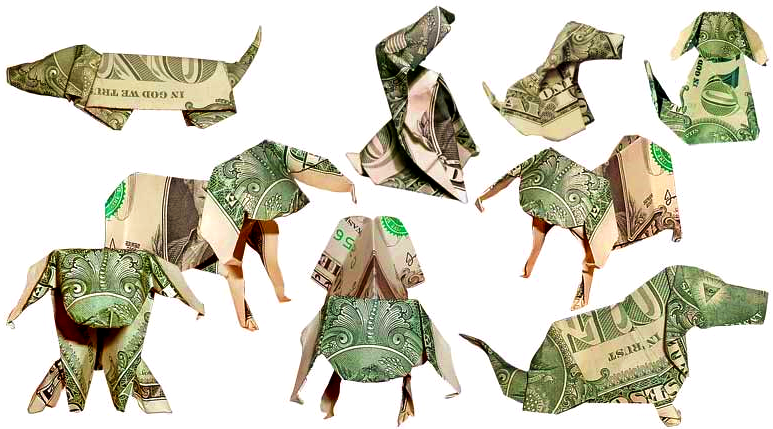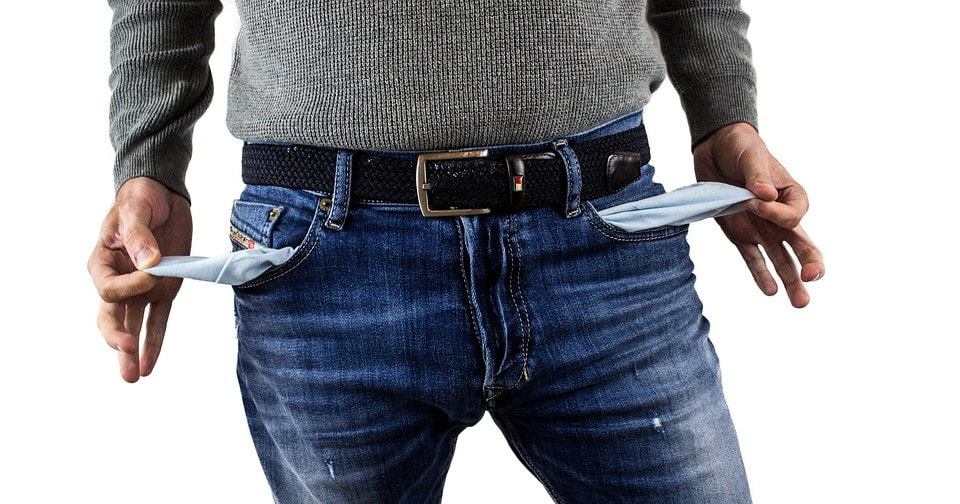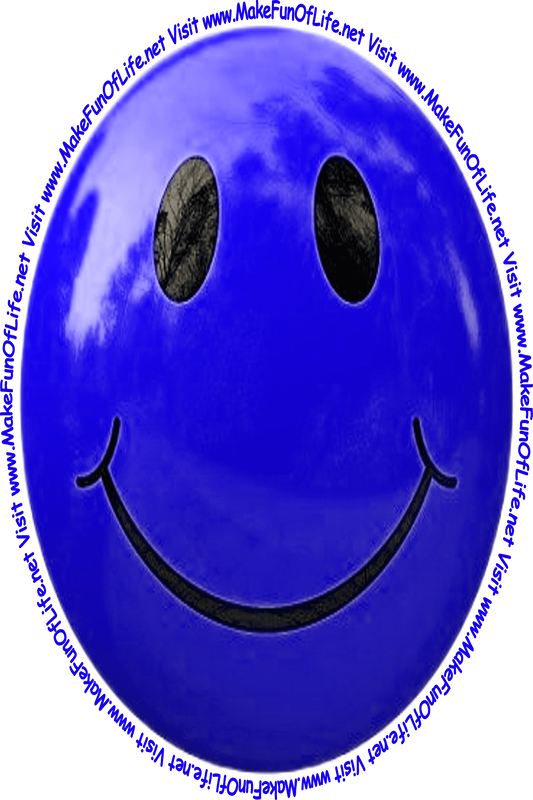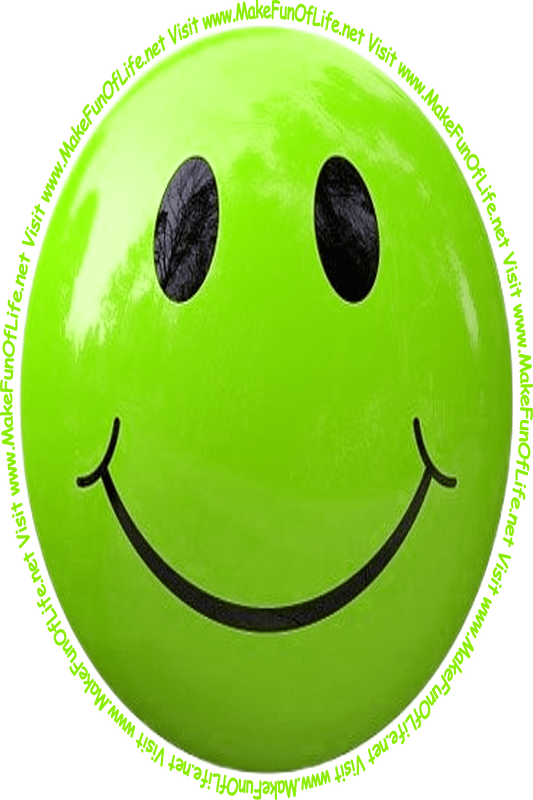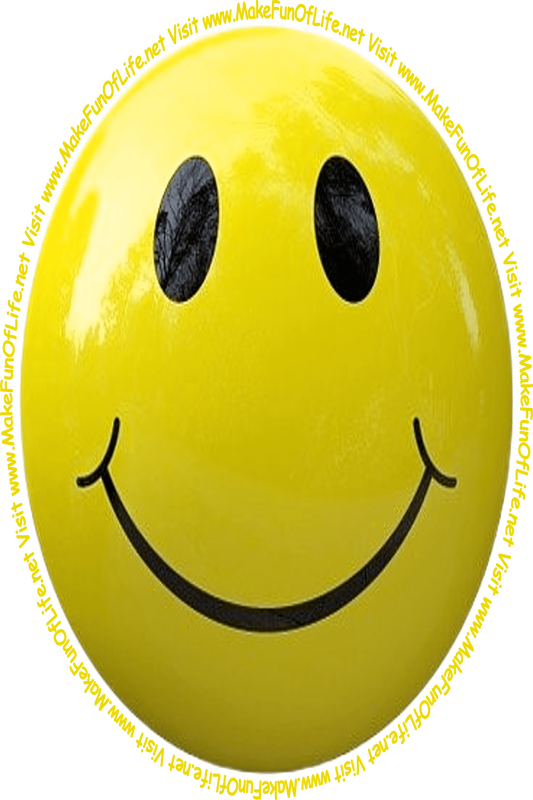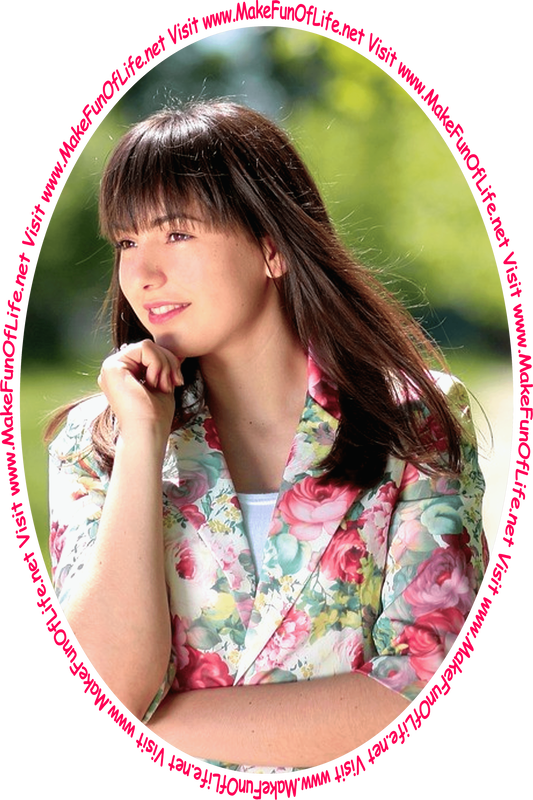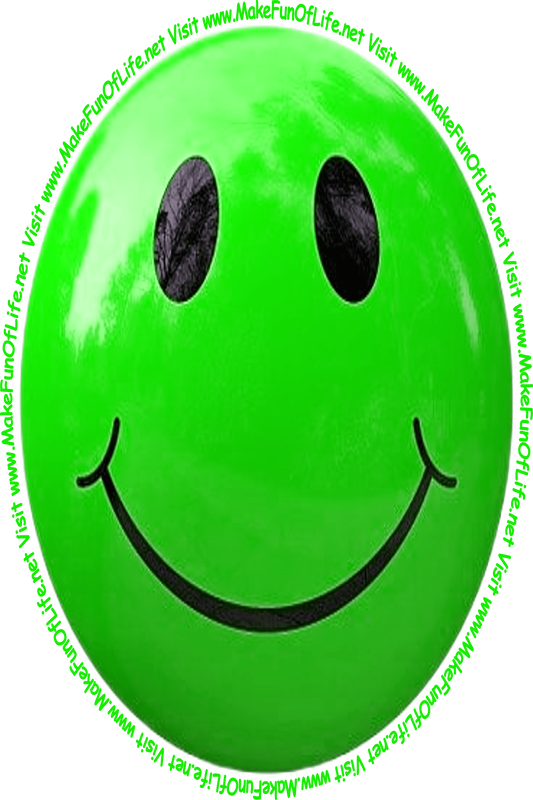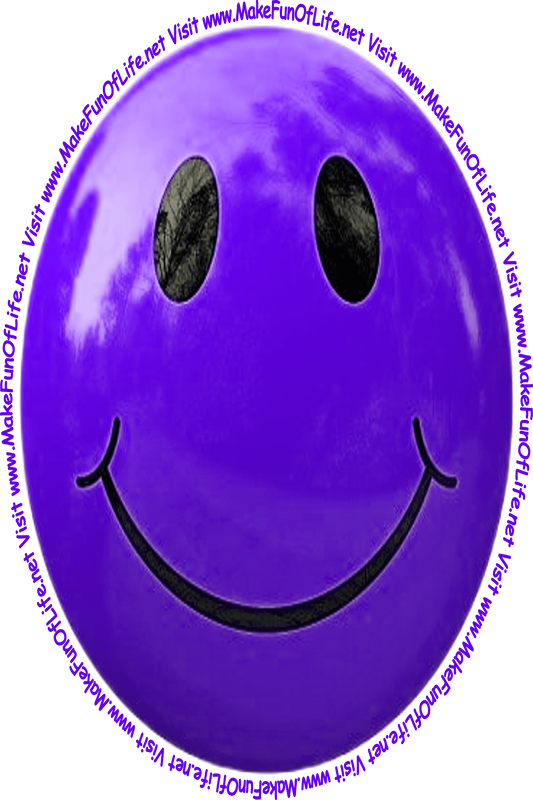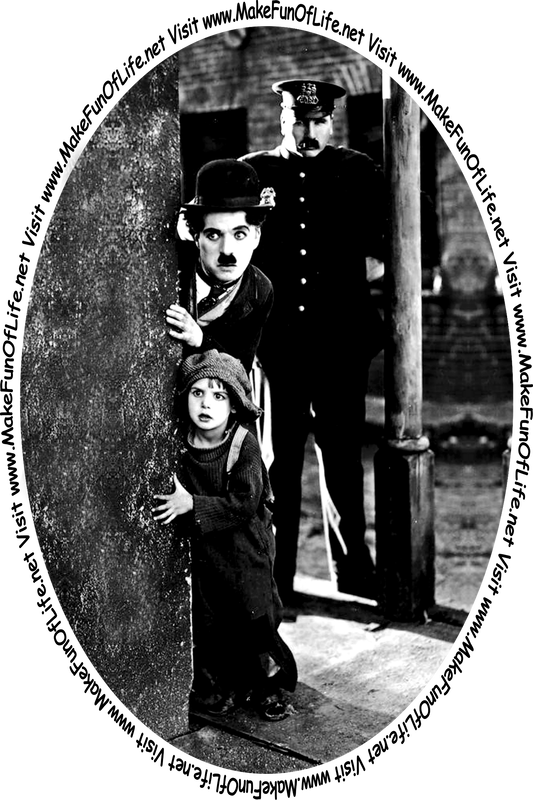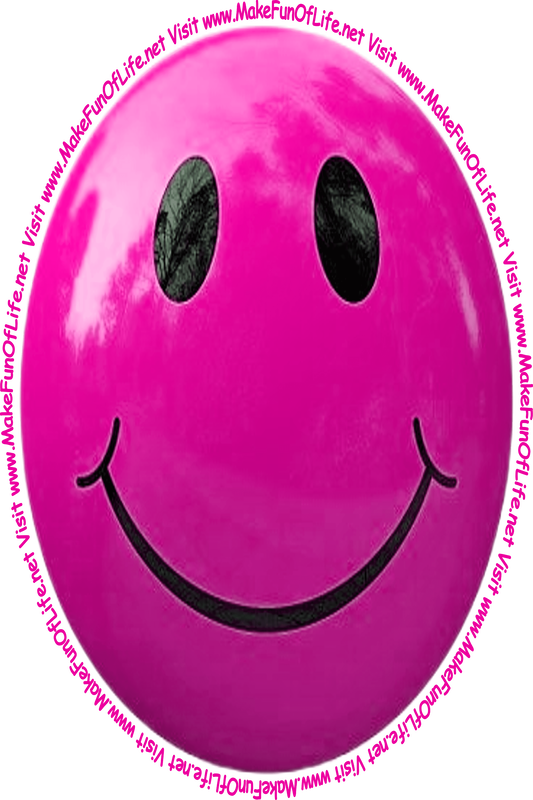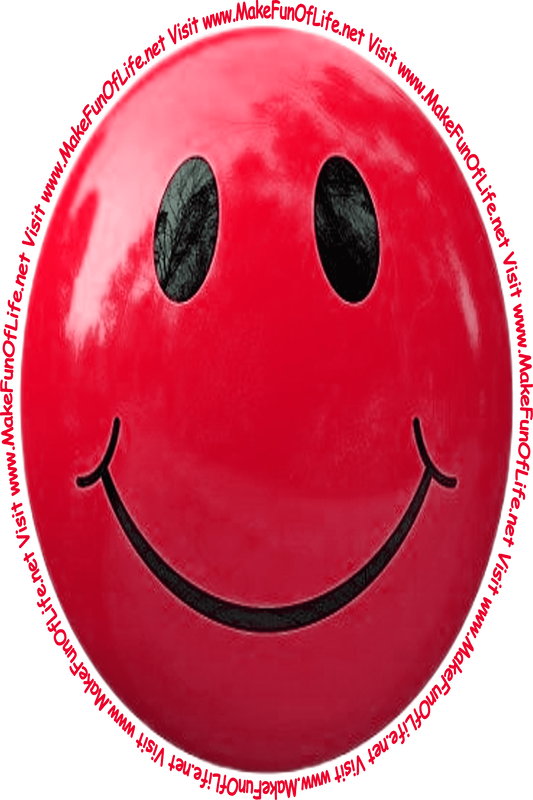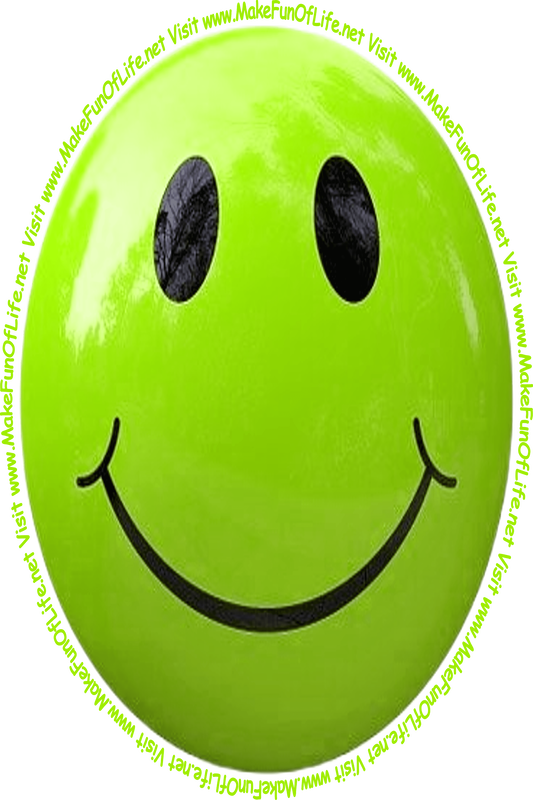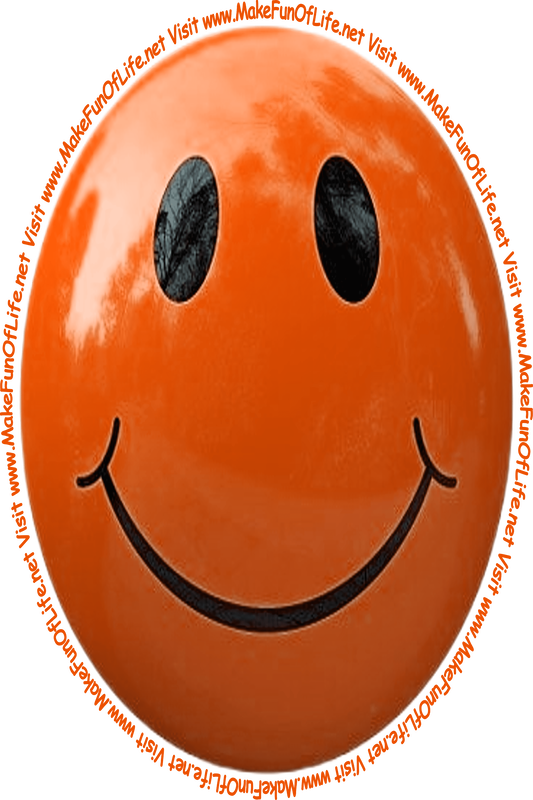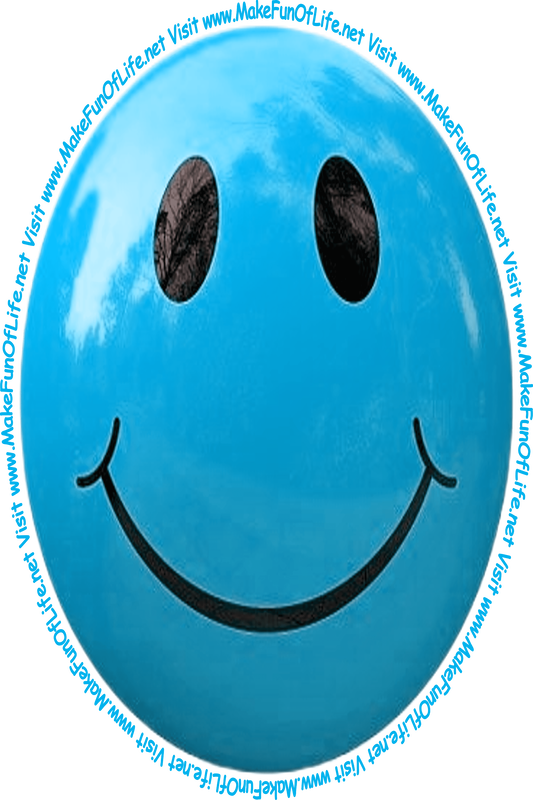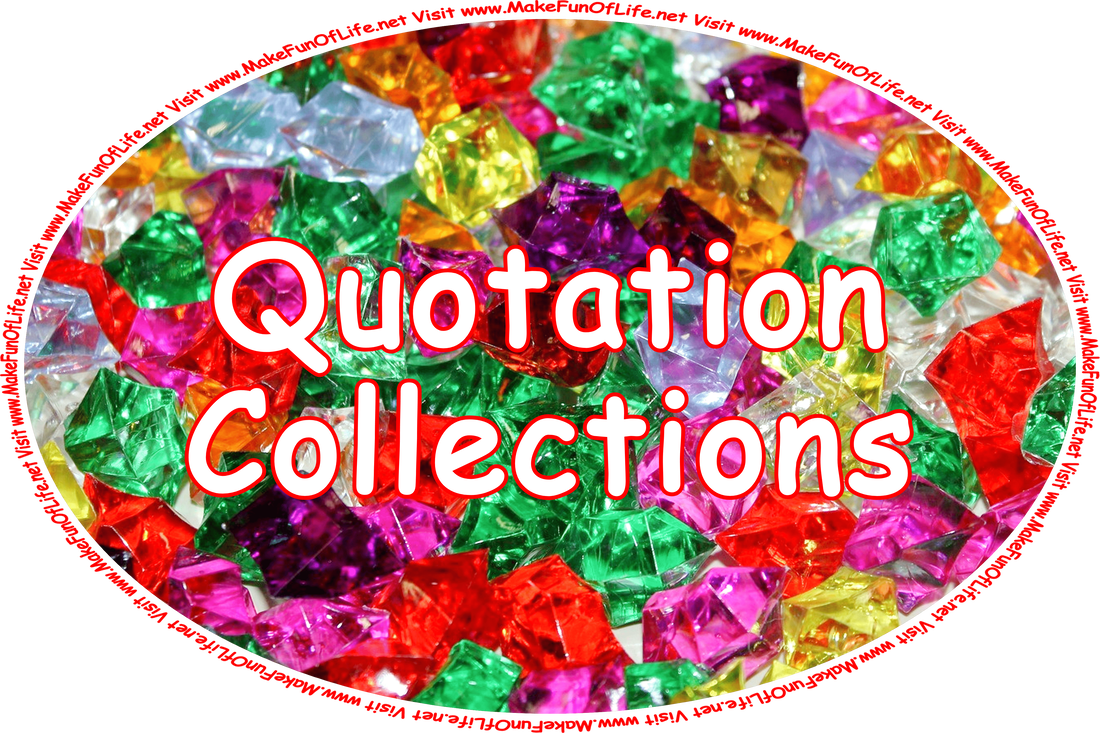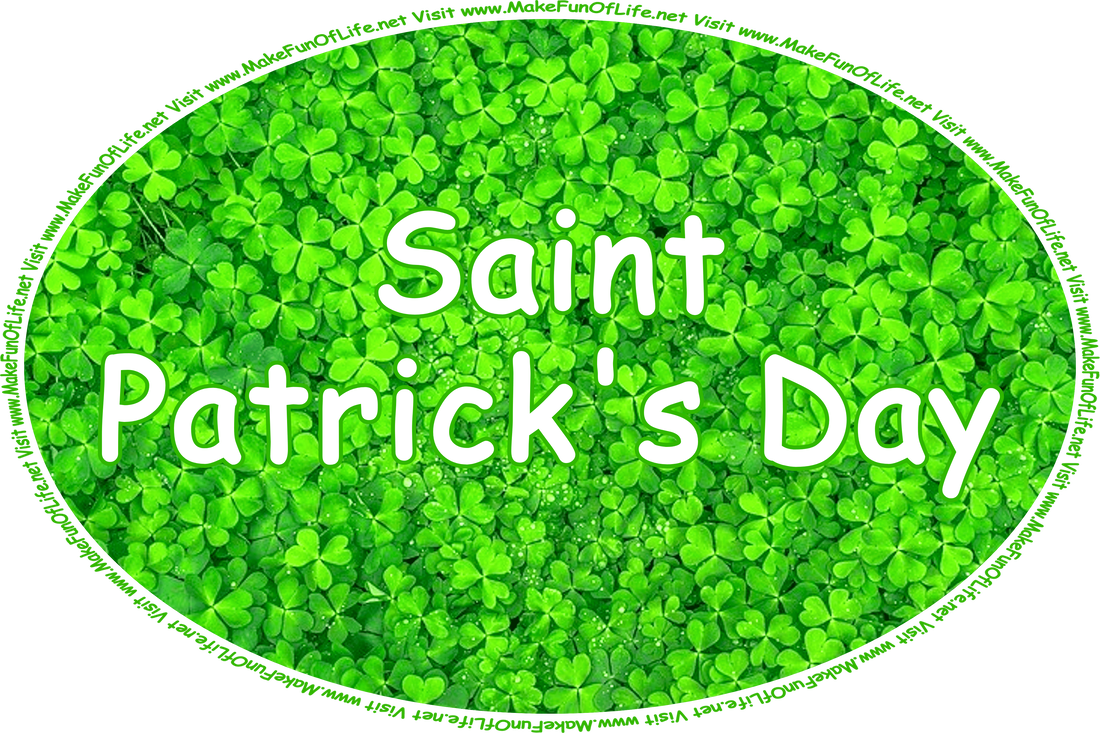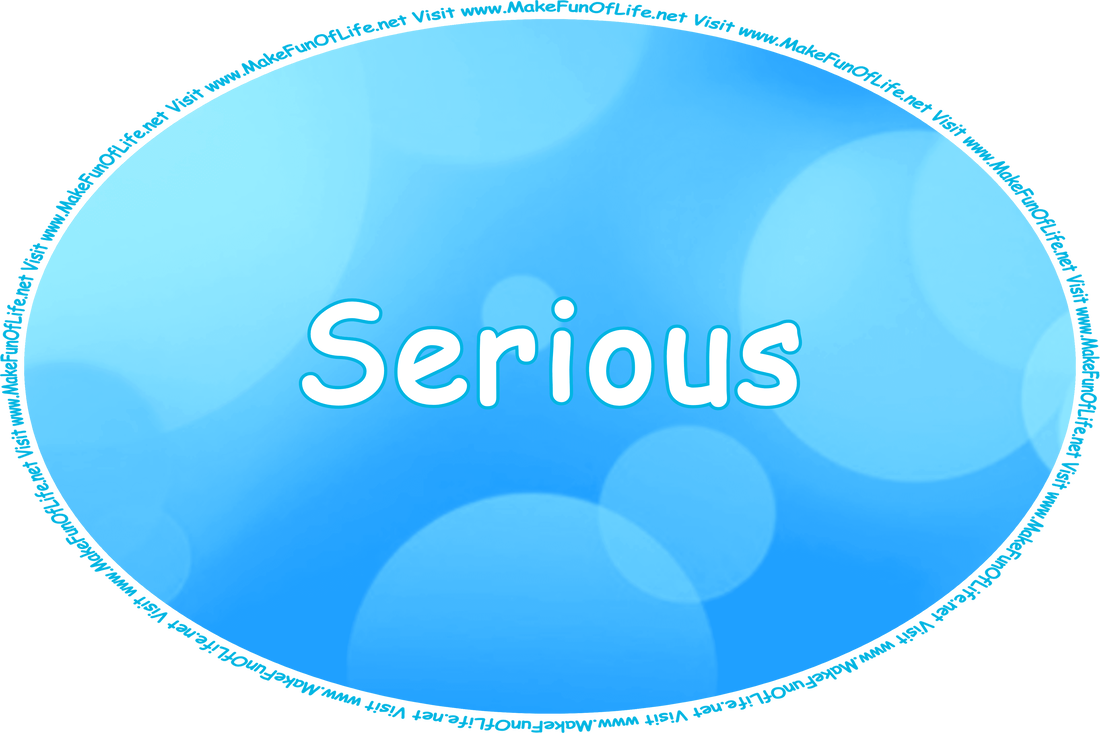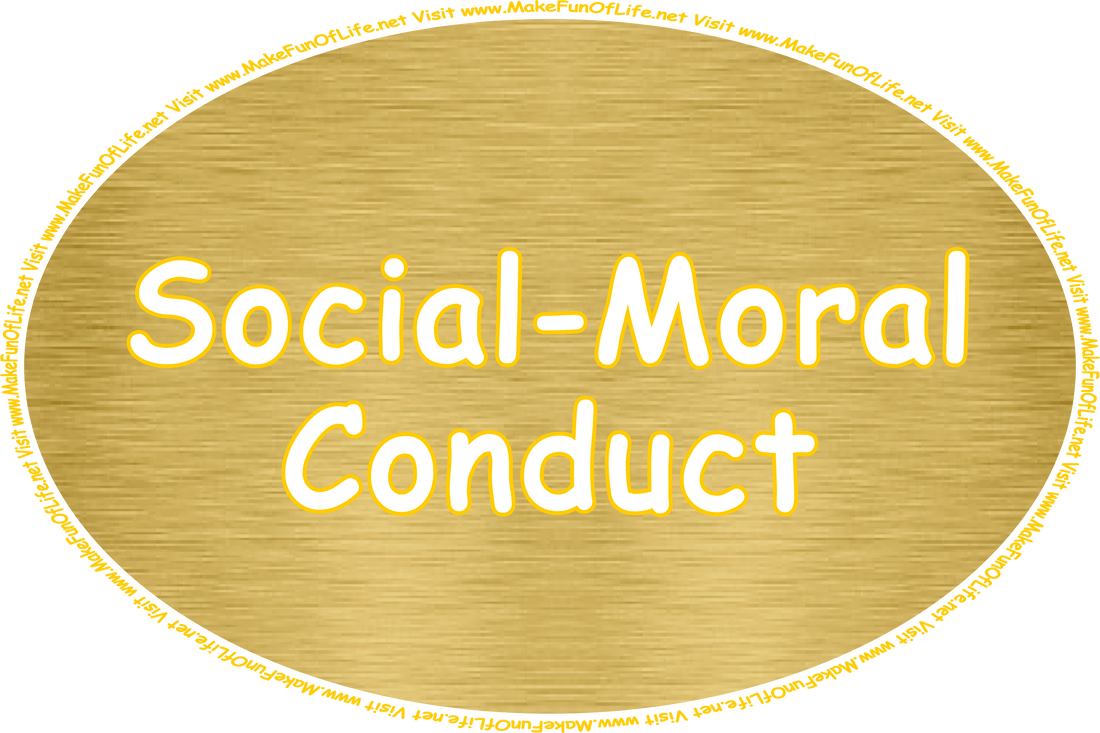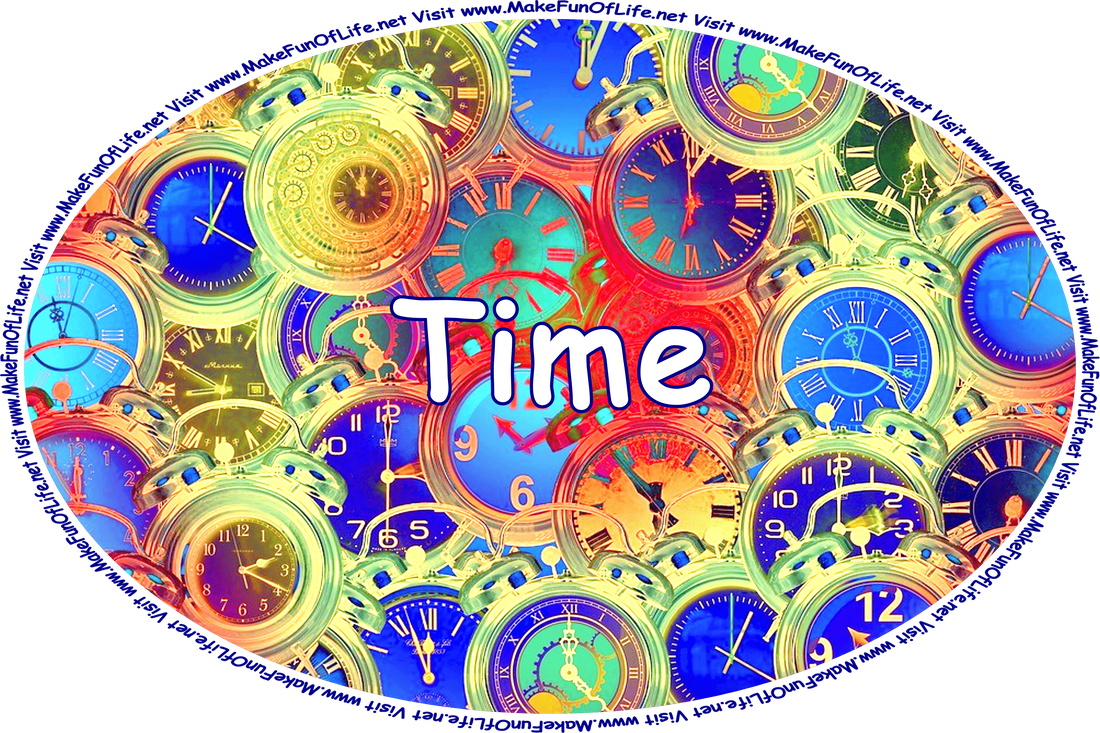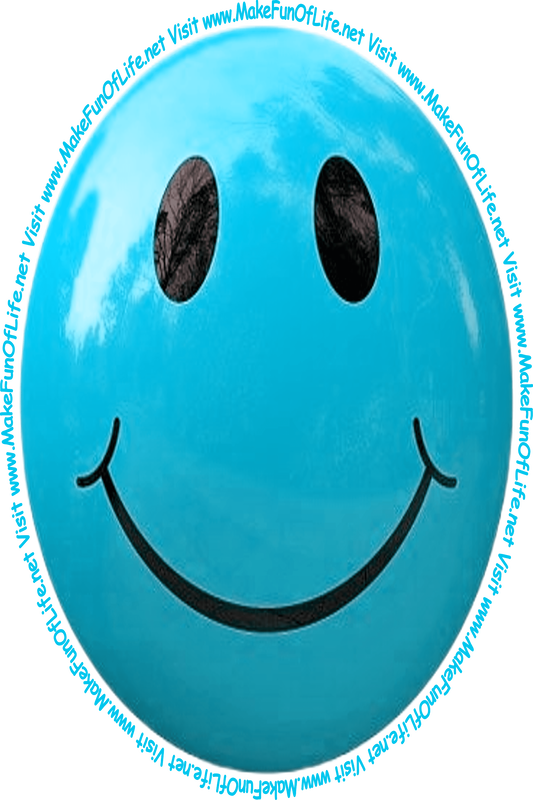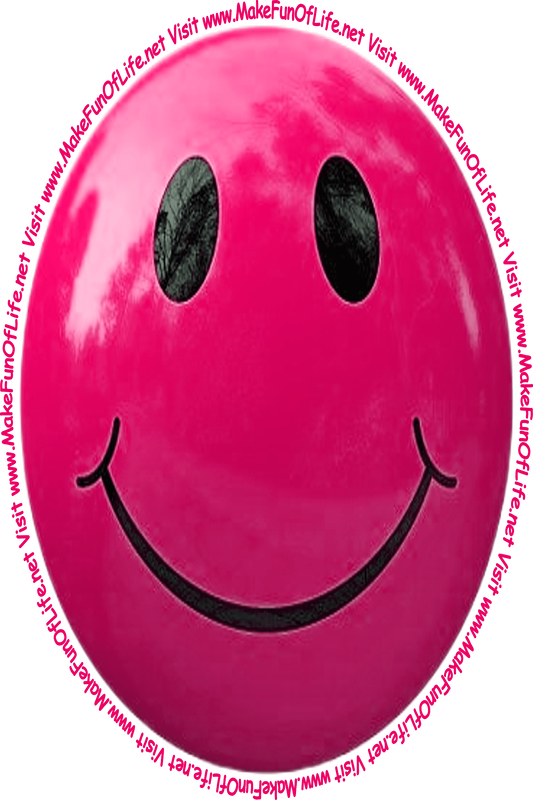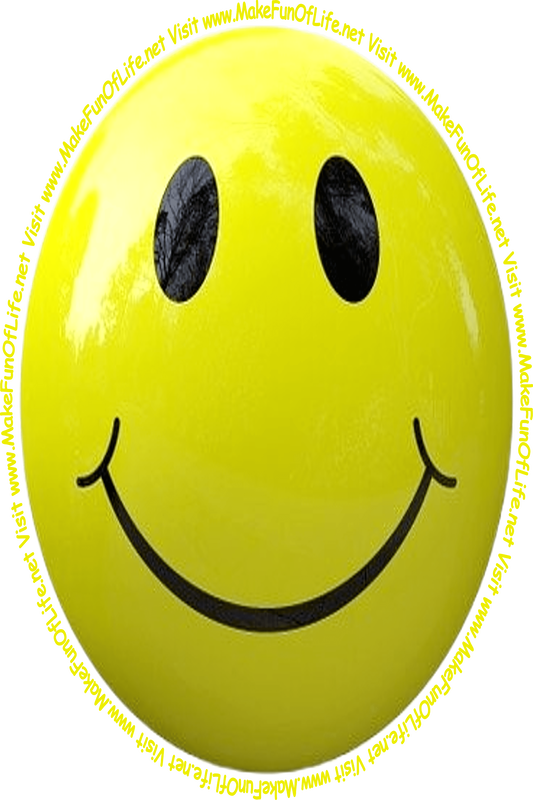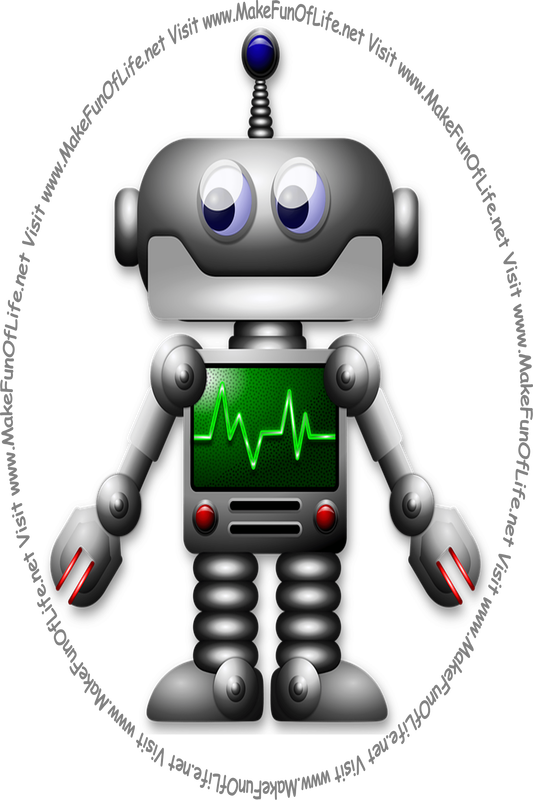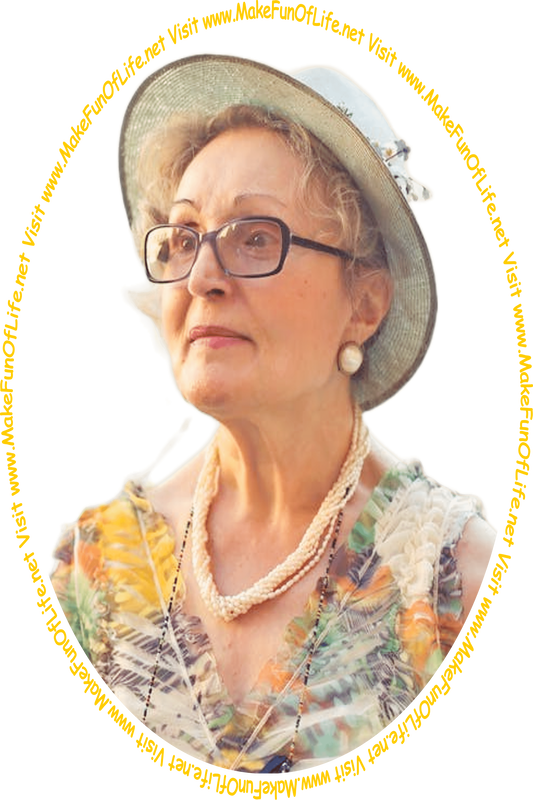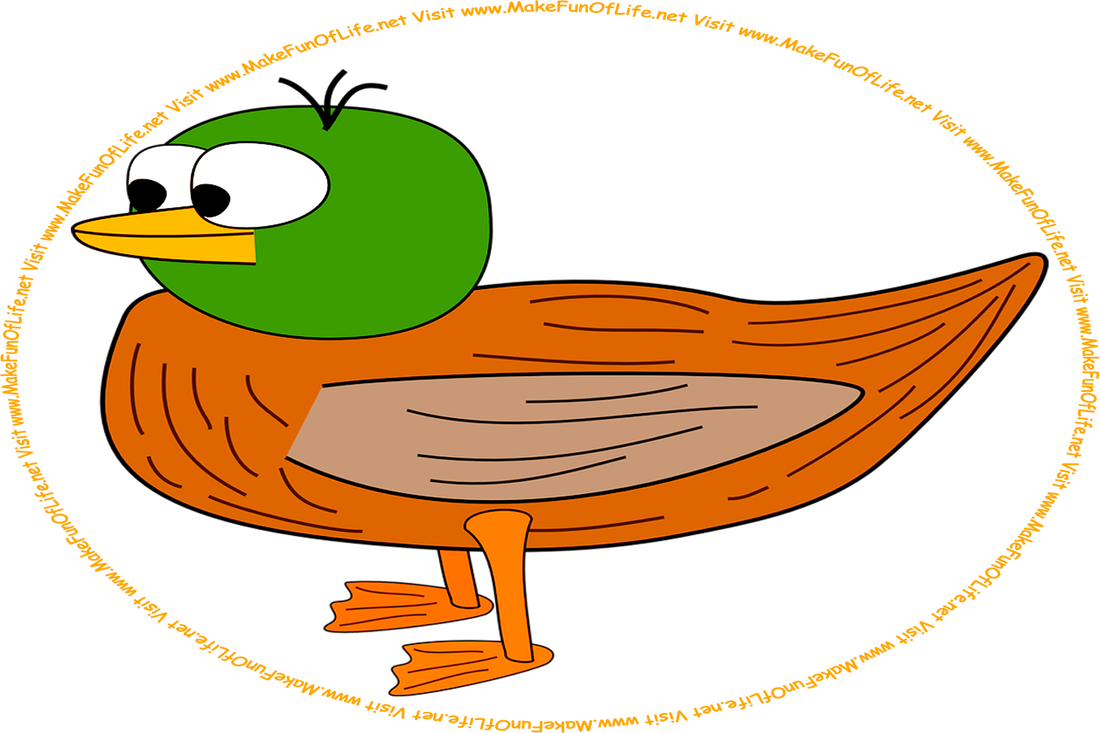Origami, the art and craft of paper folding, is one way to have fun with your money . . . can you think of others?
“A large income is the best recipe for happiness I ever heard of. It certainly may secure all the myrtle and turkey part of it.” -Jane Austen (1775 - 1817): “Mansfield Park” (1814)
Throughout history, people have used cocoa beans, elephants, grain, animal hides, fishhooks, and tea as money. Before standardized money was invented, people bartered. We have 4 nanny goats and 2 jars of pickles - would anyone like to trade us 6 hens, a rooster, and a wheelbarrow for them? (Just kidding - we need to keep our goats because they recycle our garbage, and we ate all the pickles!)
“It’s good to have money and the things money can buy. But it’s good too, to check up once in a while and make sure you haven’t lost the things that money can’t buy” -George H. Lorimer (George Horace Lorimer (1867 - 1937))
The oldest known standardized money was small pieces of obsidian (a type of volcanic rock) used by people in ancient Lydia (now Turkey) as far back as 12,000 B.C.E. The first coins to have their value printed on them were minted around 600 B.C.E., also in Lydia. The coins were made of electrum, which is an alloy (a mixture of metals) consisting of gold and silver.
“Money really isn’t everything. If it was, what would we buy with it?” -Tom Wilson (Thomas Albert Wilson, Senior (1931 - 2011))
A group of Pacific islanders called the Yaps once used donut-shaped stones as money. Some stones were as large as 3.66 meters (12 feet) across. We are going to need a bigger canoe.
“A man who both spends and saves money is the happiest man, because he has both enjoyments.” -Samuel Johnson (1709 - 1784)
The United States Bullion Depository at Fort Knox, Kentucky holds 4,578 metric tons of gold. The New York Federal Reserve is even bigger, at 7,000 metric tons. Combined, they hold a staggering 7.5 percent of all the gold ever refined by humans on Earth.
“If you have money, you are wise and good-looking and you can sing well, too.” -Author Unknown: Yiddish proverb
Why is American money green? Ink colors have unique physical characteristics because they contain different ingredients. Green ink was chosen for American dollars because its ingredients make it more resistant to fading, flaking, and discoloration than other colors of ink.
Money
Is it me or the nature of money
That’s odd and peculiar? Funny,
But when I have dough
It goes quickly, you know,
And seeps out of my pockets like honey.
by Author Unknown
The bird pictured on the American silver dollar was a real eagle named Peter. He was adopted by people who worked at the United States Mint, and used from 1830 to 1836 as a model for their drawings. When he passed on after getting his wing injured in the coining press, they stuffed him, and he is still on display in the lobby of the mint.
“Some people seem to think they are worth a lot of money simply because they happen to have a lot of money.” -Author Unknown
Worn-out coins are melted down and used to make new coins, and worn-out bills are shredded. In the past, worn out bills were burned into ashes. Now, some shredded bills are recycled into roof shingles and fireplace logs. A farm in Delaware mulches more than four tons of cash into compost every day.
“Never buy anything simply because it is expensive.” -Oscar Wilde (Oscar Fingal O’Flahertie Wills Wilde (1854 - 1900))
‘ATM’ is an abbreviation for ‘Automatic Teller Machine’ also known as a ‘cash machine.’ The next time you hear someone say, “I need to go to the ATM machine,” he or she is really saying, “I need to go to the Automatic Teller Machine machine,” saying ‘machine’ twice, which is redundant. There are more than 1.8 million ATM’s in the world, putting an equal or greater number of human bank tellers out of work. There is even an ATM in Antarctica, so now you have a good reason to visit the land of penguins.
“Money is what you’d get on beautifully without if only other people weren’t so crazy about it.” -Margaret Case Harriman (Margaret Case Morgan Harriman (1904 - 1966))
Some American pennies made in 1982 and all American pennies made after 1982 contain zinc that has been electroplated, or coated, with copper. We have not tested this yet, but some folks say the coins can be mixed with mulch or soil in gardens to repel slugs. The slugs supposedly receive an unpleasant electric shock when they touch the copper and zinc combination.
Overheard: I would not say that inflation is making my life impossible, but I am now starving on an income that I used to dream about.
It is believed that paper money was invented in the 9th century in China. Its original name was ‘flying money’ because it could easily blow away in the wind. However, they used it just briefly. The first time paper currency was consistently used was by the French in the 18th century.
“A large income is the best recipe for happiness I ever heard of. It certainly may secure all the myrtle and turkey part of it.” -Jane Austen (1775 - 1817): “Mansfield Park” (1814)
Throughout history, people have used cocoa beans, elephants, grain, animal hides, fishhooks, and tea as money. Before standardized money was invented, people bartered. We have 4 nanny goats and 2 jars of pickles - would anyone like to trade us 6 hens, a rooster, and a wheelbarrow for them? (Just kidding - we need to keep our goats because they recycle our garbage, and we ate all the pickles!)
“It’s good to have money and the things money can buy. But it’s good too, to check up once in a while and make sure you haven’t lost the things that money can’t buy” -George H. Lorimer (George Horace Lorimer (1867 - 1937))
The oldest known standardized money was small pieces of obsidian (a type of volcanic rock) used by people in ancient Lydia (now Turkey) as far back as 12,000 B.C.E. The first coins to have their value printed on them were minted around 600 B.C.E., also in Lydia. The coins were made of electrum, which is an alloy (a mixture of metals) consisting of gold and silver.
“Money really isn’t everything. If it was, what would we buy with it?” -Tom Wilson (Thomas Albert Wilson, Senior (1931 - 2011))
A group of Pacific islanders called the Yaps once used donut-shaped stones as money. Some stones were as large as 3.66 meters (12 feet) across. We are going to need a bigger canoe.
“A man who both spends and saves money is the happiest man, because he has both enjoyments.” -Samuel Johnson (1709 - 1784)
The United States Bullion Depository at Fort Knox, Kentucky holds 4,578 metric tons of gold. The New York Federal Reserve is even bigger, at 7,000 metric tons. Combined, they hold a staggering 7.5 percent of all the gold ever refined by humans on Earth.
“If you have money, you are wise and good-looking and you can sing well, too.” -Author Unknown: Yiddish proverb
Why is American money green? Ink colors have unique physical characteristics because they contain different ingredients. Green ink was chosen for American dollars because its ingredients make it more resistant to fading, flaking, and discoloration than other colors of ink.
Money
Is it me or the nature of money
That’s odd and peculiar? Funny,
But when I have dough
It goes quickly, you know,
And seeps out of my pockets like honey.
by Author Unknown
The bird pictured on the American silver dollar was a real eagle named Peter. He was adopted by people who worked at the United States Mint, and used from 1830 to 1836 as a model for their drawings. When he passed on after getting his wing injured in the coining press, they stuffed him, and he is still on display in the lobby of the mint.
“Some people seem to think they are worth a lot of money simply because they happen to have a lot of money.” -Author Unknown
Worn-out coins are melted down and used to make new coins, and worn-out bills are shredded. In the past, worn out bills were burned into ashes. Now, some shredded bills are recycled into roof shingles and fireplace logs. A farm in Delaware mulches more than four tons of cash into compost every day.
“Never buy anything simply because it is expensive.” -Oscar Wilde (Oscar Fingal O’Flahertie Wills Wilde (1854 - 1900))
‘ATM’ is an abbreviation for ‘Automatic Teller Machine’ also known as a ‘cash machine.’ The next time you hear someone say, “I need to go to the ATM machine,” he or she is really saying, “I need to go to the Automatic Teller Machine machine,” saying ‘machine’ twice, which is redundant. There are more than 1.8 million ATM’s in the world, putting an equal or greater number of human bank tellers out of work. There is even an ATM in Antarctica, so now you have a good reason to visit the land of penguins.
“Money is what you’d get on beautifully without if only other people weren’t so crazy about it.” -Margaret Case Harriman (Margaret Case Morgan Harriman (1904 - 1966))
Some American pennies made in 1982 and all American pennies made after 1982 contain zinc that has been electroplated, or coated, with copper. We have not tested this yet, but some folks say the coins can be mixed with mulch or soil in gardens to repel slugs. The slugs supposedly receive an unpleasant electric shock when they touch the copper and zinc combination.
Overheard: I would not say that inflation is making my life impossible, but I am now starving on an income that I used to dream about.
It is believed that paper money was invented in the 9th century in China. Its original name was ‘flying money’ because it could easily blow away in the wind. However, they used it just briefly. The first time paper currency was consistently used was by the French in the 18th century.
Overheard: I am having an ‘out of money’ experience.
In the 1600’s, a penny was worth about $1.66 in today’s money.
“Money won’t buy happiness, but it will pay the salaries of a huge research staff to study the problem.” -Burton Hillis (pseudonym of William Edward ‘Bill’ Vaughan (1915 - 1977))
The average life of American bills and coins in circulation (in use) is as follows.
- $1 bill: 18 months.
- $5 bill: 2 years.
- $10 bill: 3.5 years.
- $20 bill: 4 years.
- $50 bill: 3.5 years.
- $100 bill: 9 years.
- All coins: 30 years.
“Make all you can. Save all you can. Give all you can.” -John Wesley (1703 - 1791)
Many coins have ridges, reeding, grooves, or letterings around their edges to discourage theft. Coins without such protection can have some of the gold, silver, or platinum filed off or shaved off their edges, making the coins slightly smaller, without immediately changing their overall appearance. In the distant past, shavings were collected and sold or were used to make counterfeit coins. While this type of theft is rare in modern times, because most coins are made of less valuable metals, the ridges, reeding, grooves, and letterings on the edges of coins remain as a tradition, and also can be a form of readable ‘braille’ for the visually-impaired.
Jacqueline: What is the difference between a counterfeit dollar and a crazy rabbit?
Jacque: One is bad money, and the other is a mad bunny.
The United States Mint is not the only place where money is made. Several organizations and communities within the United States make their own ‘money,’ and you may have used some of it. ‘Green stamps’ issued by grocers to their customers is another type of ‘money.’ Tokens used for playing video games are a form of money. Many colleges produce their own money for student use, and a few small communities, such as Ithaca, New York, make money to encourage spending at local small businesses. People exchange United States cash for organization or community dollars, or they earn them, and then use them to make purchases.
“I have enough money to last the rest of my life - unless I buy something.” -Jackie Mason (Yacov Moshe Moaza (born 1931))
American dollar bills were first printed in their present size in 1929. All American dollar bills are now 2.625 inches wide by 6.125 inches long (2 and 5/8th inches wide x 6 and 1/8th inches long). American quarter coins are 1 inch in diameter. These are handy facts to know if you need to measure an object but have no ruler with you - just take out your money and use it to measure.
“What the country really needs is a good five cent nickel.” -Franklin P. Adams (Franklin Pierce Adams (1881 - 1960))
Most money in the world today is fiat money, meaning that it is not backed by gold or other precious metals, or even anything of tangible value. The term ‘fiat’ comes from the Latin for ‘let it be done.’ Fiat money is accepted because a government declares it official money, and it is backed by only the faith and trust in the government and the citizens.
“I don’t like money, actually, but it quiets my nerves.” -Joe Louis (Joseph Louis Barrow (1914 - 1981)): as attributed in Connie Robertson: “Book of Humorous Quotations” (1998), page 122
Where was your money before it reached you? Did it travel around the country or did it stay in one town all its life? To find out, visit the money-tracking website www.WheresGeorge.com and enter the serial numbers found on your money.
“Actually, I have no regard for money. Aside from its purchasing power, it’s completely useless as far as I’m concerned.” -Alfred Hitchcock (1899 - 1980)
Chrematophobia is a persistent fear of money. ‘Chrematophobia’ is derived from the Greek words ‘chrimata’ meaning ‘money’ and ‘phobos’ meaning ‘fear.’ Among the sufferers of this phobia, some worry that they might mismanage money. Others worry that money might be ‘the root of all evil.’ Actually, this is a common misunderstanding; the actual quotation from “The Bible” is, “love of money is the root of all evil.” So, it might be okay to have money, but not okay to have tender feelings for it.
“No matter how hard you hug your money, it never hugs back.” -Author Unknown: as quoted in “P. S. I Love You,” compiled by H. Jackson Brown, Junior
The word ‘cash’ originated in ancient China, where people carried coins in bundles held together by strings, which would have prevented the loss of individual coins. A bundle of one hundred coins was called ‘one cash.’ The Chinese possible got their word for cash from Portugal, where people called their coins ‘caixa’ (pronounced as ‘cash-a’).
Living on Earth is expensive, but it does include a free yearly trip around the Sun, which many people find hard to pass up.
Has your money been in an unfortunate accident? The Office of Currency Standards will replace damaged money if a person can present at least 51 percent of the note to officials. Every year, the United States Treasury handles around 30,000 claims and redeems mutilated currency valued at over $30 million.
“You aren’t wealthy until you have something money can’t buy.” -Garth Brooks (Troyal Garth Brooks (born 1962))
Some of the finest examples of public art are on the money you carry in your pocket or purse.
In the 1600’s, a penny was worth about $1.66 in today’s money.
“Money won’t buy happiness, but it will pay the salaries of a huge research staff to study the problem.” -Burton Hillis (pseudonym of William Edward ‘Bill’ Vaughan (1915 - 1977))
The average life of American bills and coins in circulation (in use) is as follows.
- $1 bill: 18 months.
- $5 bill: 2 years.
- $10 bill: 3.5 years.
- $20 bill: 4 years.
- $50 bill: 3.5 years.
- $100 bill: 9 years.
- All coins: 30 years.
“Make all you can. Save all you can. Give all you can.” -John Wesley (1703 - 1791)
Many coins have ridges, reeding, grooves, or letterings around their edges to discourage theft. Coins without such protection can have some of the gold, silver, or platinum filed off or shaved off their edges, making the coins slightly smaller, without immediately changing their overall appearance. In the distant past, shavings were collected and sold or were used to make counterfeit coins. While this type of theft is rare in modern times, because most coins are made of less valuable metals, the ridges, reeding, grooves, and letterings on the edges of coins remain as a tradition, and also can be a form of readable ‘braille’ for the visually-impaired.
Jacqueline: What is the difference between a counterfeit dollar and a crazy rabbit?
Jacque: One is bad money, and the other is a mad bunny.
The United States Mint is not the only place where money is made. Several organizations and communities within the United States make their own ‘money,’ and you may have used some of it. ‘Green stamps’ issued by grocers to their customers is another type of ‘money.’ Tokens used for playing video games are a form of money. Many colleges produce their own money for student use, and a few small communities, such as Ithaca, New York, make money to encourage spending at local small businesses. People exchange United States cash for organization or community dollars, or they earn them, and then use them to make purchases.
“I have enough money to last the rest of my life - unless I buy something.” -Jackie Mason (Yacov Moshe Moaza (born 1931))
American dollar bills were first printed in their present size in 1929. All American dollar bills are now 2.625 inches wide by 6.125 inches long (2 and 5/8th inches wide x 6 and 1/8th inches long). American quarter coins are 1 inch in diameter. These are handy facts to know if you need to measure an object but have no ruler with you - just take out your money and use it to measure.
“What the country really needs is a good five cent nickel.” -Franklin P. Adams (Franklin Pierce Adams (1881 - 1960))
Most money in the world today is fiat money, meaning that it is not backed by gold or other precious metals, or even anything of tangible value. The term ‘fiat’ comes from the Latin for ‘let it be done.’ Fiat money is accepted because a government declares it official money, and it is backed by only the faith and trust in the government and the citizens.
“I don’t like money, actually, but it quiets my nerves.” -Joe Louis (Joseph Louis Barrow (1914 - 1981)): as attributed in Connie Robertson: “Book of Humorous Quotations” (1998), page 122
Where was your money before it reached you? Did it travel around the country or did it stay in one town all its life? To find out, visit the money-tracking website www.WheresGeorge.com and enter the serial numbers found on your money.
“Actually, I have no regard for money. Aside from its purchasing power, it’s completely useless as far as I’m concerned.” -Alfred Hitchcock (1899 - 1980)
Chrematophobia is a persistent fear of money. ‘Chrematophobia’ is derived from the Greek words ‘chrimata’ meaning ‘money’ and ‘phobos’ meaning ‘fear.’ Among the sufferers of this phobia, some worry that they might mismanage money. Others worry that money might be ‘the root of all evil.’ Actually, this is a common misunderstanding; the actual quotation from “The Bible” is, “love of money is the root of all evil.” So, it might be okay to have money, but not okay to have tender feelings for it.
“No matter how hard you hug your money, it never hugs back.” -Author Unknown: as quoted in “P. S. I Love You,” compiled by H. Jackson Brown, Junior
The word ‘cash’ originated in ancient China, where people carried coins in bundles held together by strings, which would have prevented the loss of individual coins. A bundle of one hundred coins was called ‘one cash.’ The Chinese possible got their word for cash from Portugal, where people called their coins ‘caixa’ (pronounced as ‘cash-a’).
Living on Earth is expensive, but it does include a free yearly trip around the Sun, which many people find hard to pass up.
Has your money been in an unfortunate accident? The Office of Currency Standards will replace damaged money if a person can present at least 51 percent of the note to officials. Every year, the United States Treasury handles around 30,000 claims and redeems mutilated currency valued at over $30 million.
“You aren’t wealthy until you have something money can’t buy.” -Garth Brooks (Troyal Garth Brooks (born 1962))
Some of the finest examples of public art are on the money you carry in your pocket or purse.
Money does not grow on trees - not even on genetically modified ones . . .
Though sometimes called ‘paper money,’ American currency is fabric, not paper. It is composed of 25 percent linen and 75 percent cotton, and has tiny red and blue synthetic fibers of different lengths evenly distributed throughout it. If it were paper, it would easily fall apart when you leave it in the pockets of clothes that you put into your washing machine. It is said that many years ago, in Benjamin Franklin’s day, people repaired torn bills with a needle and thread.
“Man is an animal that makes bargains; no other animal does this - no dog exchanges bones with another.” -Adam Smith (1723 - 1790)
According to several studies, the money people carry in their pockets, wallets, and purses is truly disgusting stuff. Both bills and coins can have contaminants on them, including pathogens such as salmonella and E.coli. Pathogens are tiny organisms that can be seen only with a microscope, and which can make people sick. To avoid illness, always wash your hands after handling money and before handling food, whether you are at home or in a restaurant.
“If money does not make you happy, give it back.” -Jules Renard (1864 - 1910)
The word ‘coin’ is from the Latin word ‘cuneus’ meaning ‘wedge,’ because the dye for stamping metal coins was wedge-shaped.
“Money isn’t everything, but lack of money isn’t anything.” -Franklin Pierce Adams (1881 - 1960): as quoted in Robert E. Drennan, editor: “The Algonquin Wits” (1985)
The currency most traded around the world, and especially in international transactions, is the American dollar. Other heavily traded currencies are the Eurozone euro, the Japanese yen, and the British pound sterling.
“Recession: A period of time when we have to do without things our grandparents never even heard of.” -Author Unknown
The Latin phrase ‘E Pluribus Unum,’ meaning ‘Out of Many, One,’ appearing on American currency, refers to the United States of America being one country made out of many states.
“The great rule is not to talk about money with people who have much more or much less than you.” -Katharine Whitehorn (Katharine Elizabeth Whitehorn (born 1928))
The word ‘dollar’ is derived from the German word ‘taler,’ an abbreviation of Joachimstaler, a town that was near a silver mine. The silver from the mine was used to make taler, a type of silver coin.
He that makes money before he gets wit
Will be but a short while the master of it.
-Thomas Fuller
(‘Wit’ in this instance is interchangeable with ‘wisdom.’)
British monarch Queen Elizabeth II holds the record for appearing on more currency than any other person. Her portrait has appeared on the currency of more than 30 different countries.
“Spare no expense in making everything as economical as possible.” -Author Unknown
The motto ‘In God We Trust’ first appeared on American money between 1864 and 1873 on the two-cent coin. It reappeared in 1955, and in 1963, the motto appeared on American paper currency. ‘In God We Trust’ now appears on all new coins and bills.
Inflation: Cutting money in half without damaging the paper.
The country with the worst inflation in the world is Zimbabwe. In 2008, it experienced 6,500,000,000,000,000,000,000 percent inflation.
“If money is your only hope for independence, you will never have it. The only real security that a man can have in this world is a reserve of knowledge, experience, and ability.” -Henry Ford (1863 - 1947)
“It’s a recession when your neighbor loses his job; it’s a depression when you lose yours.” -Harry S Truman (1884 - 1972): as quoted in the “Observer” (13 April 1958)
Nickel: A dollar after the taxes have been subtracted from it.
“Money is the common denominator to all, yet holds title to nothing.” -Author Unknown
Most money in the world today is not in the form of bills or coins, but exists as ones and zeros inside computers at government facilities as well as at financial institutions such as banks, credit unions, and brokerage houses.
“The use of money is all the advantage there is in having it.” -Benjamin Franklin (Benjamin ‘Ben’ Franklin (1706 - 1790))
How much should humor, inspiration, and learning cost? We think zero money seems about right . . . more free stuff coming up next . . . on MFOL!
Though sometimes called ‘paper money,’ American currency is fabric, not paper. It is composed of 25 percent linen and 75 percent cotton, and has tiny red and blue synthetic fibers of different lengths evenly distributed throughout it. If it were paper, it would easily fall apart when you leave it in the pockets of clothes that you put into your washing machine. It is said that many years ago, in Benjamin Franklin’s day, people repaired torn bills with a needle and thread.
“Man is an animal that makes bargains; no other animal does this - no dog exchanges bones with another.” -Adam Smith (1723 - 1790)
According to several studies, the money people carry in their pockets, wallets, and purses is truly disgusting stuff. Both bills and coins can have contaminants on them, including pathogens such as salmonella and E.coli. Pathogens are tiny organisms that can be seen only with a microscope, and which can make people sick. To avoid illness, always wash your hands after handling money and before handling food, whether you are at home or in a restaurant.
“If money does not make you happy, give it back.” -Jules Renard (1864 - 1910)
The word ‘coin’ is from the Latin word ‘cuneus’ meaning ‘wedge,’ because the dye for stamping metal coins was wedge-shaped.
“Money isn’t everything, but lack of money isn’t anything.” -Franklin Pierce Adams (1881 - 1960): as quoted in Robert E. Drennan, editor: “The Algonquin Wits” (1985)
The currency most traded around the world, and especially in international transactions, is the American dollar. Other heavily traded currencies are the Eurozone euro, the Japanese yen, and the British pound sterling.
“Recession: A period of time when we have to do without things our grandparents never even heard of.” -Author Unknown
The Latin phrase ‘E Pluribus Unum,’ meaning ‘Out of Many, One,’ appearing on American currency, refers to the United States of America being one country made out of many states.
“The great rule is not to talk about money with people who have much more or much less than you.” -Katharine Whitehorn (Katharine Elizabeth Whitehorn (born 1928))
The word ‘dollar’ is derived from the German word ‘taler,’ an abbreviation of Joachimstaler, a town that was near a silver mine. The silver from the mine was used to make taler, a type of silver coin.
He that makes money before he gets wit
Will be but a short while the master of it.
-Thomas Fuller
(‘Wit’ in this instance is interchangeable with ‘wisdom.’)
British monarch Queen Elizabeth II holds the record for appearing on more currency than any other person. Her portrait has appeared on the currency of more than 30 different countries.
“Spare no expense in making everything as economical as possible.” -Author Unknown
The motto ‘In God We Trust’ first appeared on American money between 1864 and 1873 on the two-cent coin. It reappeared in 1955, and in 1963, the motto appeared on American paper currency. ‘In God We Trust’ now appears on all new coins and bills.
Inflation: Cutting money in half without damaging the paper.
The country with the worst inflation in the world is Zimbabwe. In 2008, it experienced 6,500,000,000,000,000,000,000 percent inflation.
“If money is your only hope for independence, you will never have it. The only real security that a man can have in this world is a reserve of knowledge, experience, and ability.” -Henry Ford (1863 - 1947)
“It’s a recession when your neighbor loses his job; it’s a depression when you lose yours.” -Harry S Truman (1884 - 1972): as quoted in the “Observer” (13 April 1958)
Nickel: A dollar after the taxes have been subtracted from it.
“Money is the common denominator to all, yet holds title to nothing.” -Author Unknown
Most money in the world today is not in the form of bills or coins, but exists as ones and zeros inside computers at government facilities as well as at financial institutions such as banks, credit unions, and brokerage houses.
“The use of money is all the advantage there is in having it.” -Benjamin Franklin (Benjamin ‘Ben’ Franklin (1706 - 1790))
How much should humor, inspiration, and learning cost? We think zero money seems about right . . . more free stuff coming up next . . . on MFOL!
